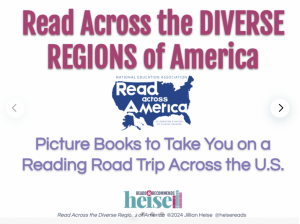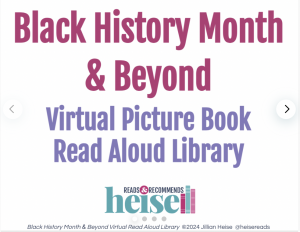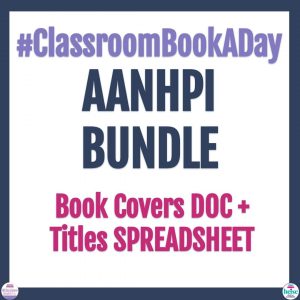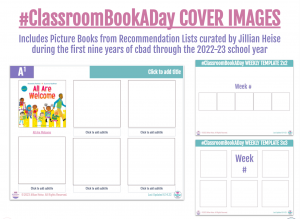Today I’m shining the spotlight on
THE PROUDEST BLUE

A powerful, vibrantly illustrated story about the first day of school–and two sisters on one’s first day of hijab–by Olympic medalist and social justice activist Ibtihaj Muhammad.
With her new backpack and light-up shoes, Faizah knows the first day of school is going to be special. It’s the start of a brand new year and, best of all, it’s her older sister Asiya’s first day of hijab–a hijab of beautiful blue fabric, like the ocean waving to the sky. But not everyone sees hijab as beautiful, and in the face of hurtful, confusing words, Faizah will find new ways to be strong.
Paired with Hatem Aly’s beautiful, whimsical art, Olympic medalist Ibtihaj Muhammad and Morris Award finalist S.K. Ali bring readers an uplifting, universal story of new experiences, the unbreakable bond between siblings, and of being proud of who you are.
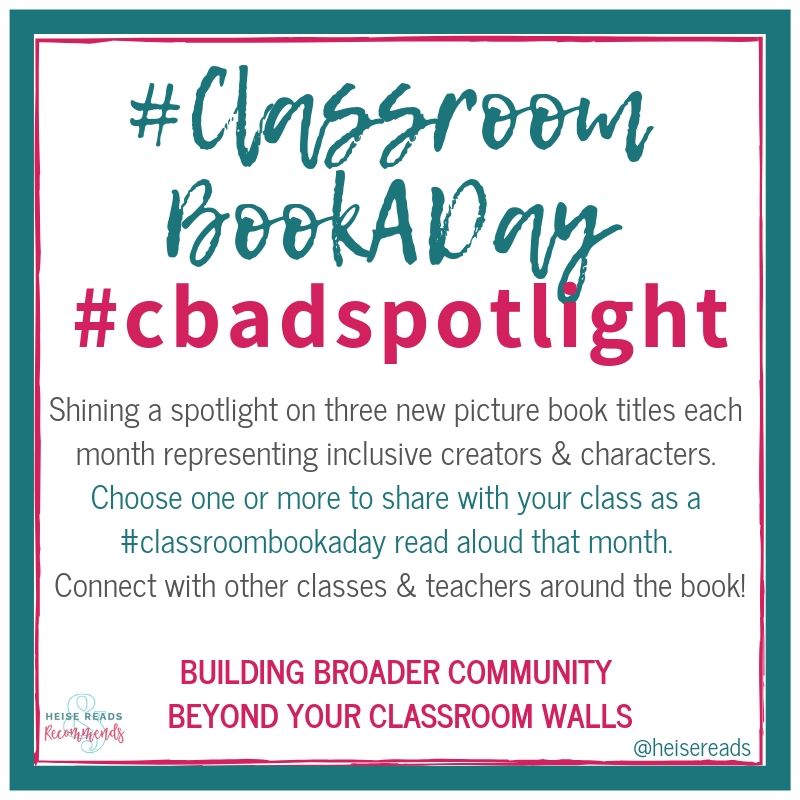
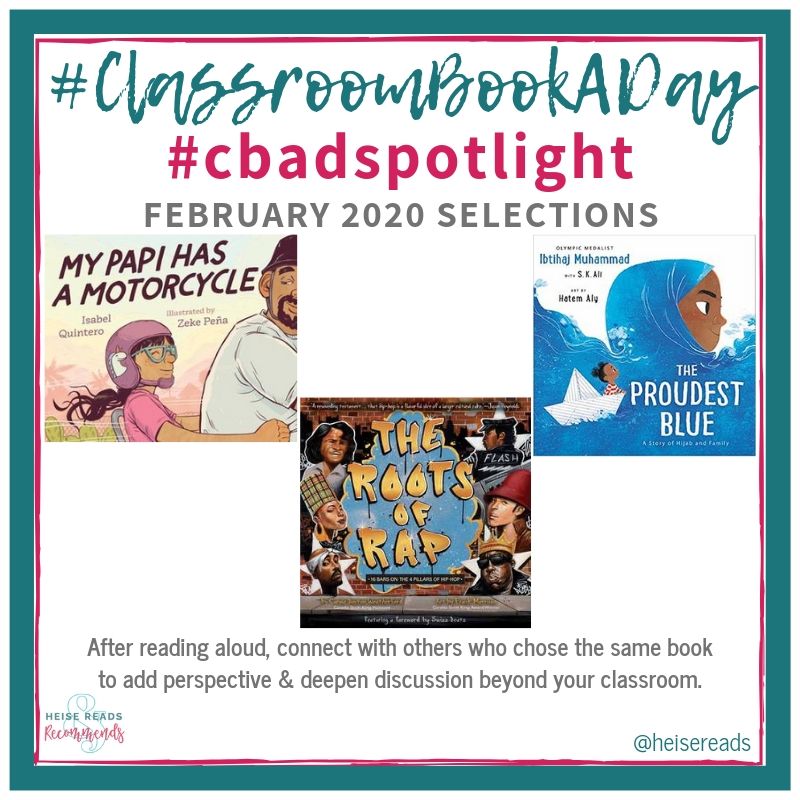
Thank you, S.K., for joining me for a #cbadspotlight interview today!
1. What was your inspiration for writing this book?
As a creative, I have a tendency to think of those piercing moments in life when what you thought/believed to be beautiful and true is shattered. Especially disconcerting is that first instance of this happening in our lives, the first instance when our happiness-bubble bursts when we are very young. For me, these moments occurred early on, when I understood that because of my identity as a child in a Muslim family, I would be received differently by the world. So when I heard about Ibtihaj’s experiences as a young girl wearing hijab, they were so eerily and searingly similar to mine – truly, that moment of learning you’ll be bullied for who you are is so painful, it makes a deep impact – I knew I had to help write this book for all children who grapple with this type of pain and who then have trouble processing it. This is a book to help kids process childhood bullying.
2. What message do you hope kids (of all ages) take away from this book?
I hope kids understand that taking in and taking on someone else’s view of you is a burden you shouldn’t – that you can’t – carry. That it’s almost “criminal” to do so – like you’re taking something that is not yours and carrying it around. This is why I deliberately wrote the part of Mama’s advice as “Don’t carry around the hurtful words that others say. Drop them. They are not yours to keep. They belong only to those who said them.” to emphasize the importance of trying to keep our brains clear of negativity foisted on us by others. This is a hard thing to learn even well into adulthood but if we start discussing this concept with children from when they are very young, perhaps we can lessen the trauma of carrying around the taunts of our bullies, which, I know from experience, can burrow and gouge a hole in us if let be.
3. What was your writing & revision process like for this story?
After learning of Ibtihaj’s childhood experiences wearing hijab and her family life, I wrote a story that emphasized a great forward momentum (to capture Ibtihaj’s energy and athleticism), moving through a first day of school focusing on the ways the day was a “regular day but also special” due to both being the first day and due to the older sister beginning to wear hijab to school. It was a very observational piece, very much from the younger sister’s whimsical point of view, with the magical playfulness of imagining her sister and her as royalty, of course including the pain of being bullied, but without the deep wisdom that carries the story now. It was only upon revisions with my editors, when we discussed a mentor relationship, that I wove the mother’s voice in – guiding Faizah through and out of her sense of dissonance as she sees her sister facing prejudice. To dig deeper, I really focused on the kind of problem-solving skills and lessons in resilience that I taught my own children and my students as a second-grade teacher and the strength of Ibtihaj’s mother who had cautioned her kids not to be sponges. In the end, I felt fortunate to have gotten the guidance to deepen the story and move it along to bring it to a satisfying conclusion, one that perfectly captures Ibtihaj’s resilience, confidence and sense of family pride.
4. Was there any part of the process where you worked together with the illustrator on the vision for this book?
Yes, I wrote the illustrator notes, commented on sketches (particularly when body language had to be tied to what was being conveyed by the text) and also helped guide the design of the hijab shop by providing sample photos of modern stores that sell modest clothing and headscarves run by Muslim women – which are the type of businesses Ibtihaj and I are familiar with, Ibtihaj herself helming a modest clothing brand called Louella. It was important to get these details right, and Hatem, besides being an immensely talented artist, is of Muslim background himself, and thus, was an amazing partner to work with!
5. What is your favorite part of making picture books?
Though it’s the most difficult part of writing them, I enjoy the simplicity of language that carries the weight of a full story. I’m already a sparse writer – my YAs are written simply, without dense language – so I like the challenge of conveying a lot through literary minimalism. And, as someone who loves making art myself, I absolutely love imagining what illustrations would go with the text I’m envisioning and how that could cut my words even more – because I can let the pictures do half the talking. Okay, I think I just love it all, everything about making a picture book!
6. #cbadspotlight is putting the spotlight on inclusive #ownvoices books. What can you share with students about the connection you have to this book or the choices you made while writing it to add diverse representation?
In the story, a boy yells that Asiya’s hijab is a “tablecloth”. This is what bullies said to Ibtihaj when she wore hijab to school. My hijab was called a “curtain” by those who first bullied me for wearing hijab. It was important for me as a writer to incorporate the bullying as it exactly occurred so that readers can make connections – because the truth is that kids are often taunted by what seems like the most silly things, but when the goal of the bullying is to make you feel othered and singled out, it doesn’t matter what “trivial” thing is being said, it still makes a traumatic impact. I wish I’d known to tell my teachers about the name-calling, how it hurt me, instead of pretending it was silly and letting it go on. Because in the end, it went on so much that kids who weren’t bullies began to call me that too – even in front of teachers, most of whom said nothing to stop it. Sorry for such a sad personal account, such a sad connection, but sharing this story might help students see the importance of speaking up even if it seems to be about a “silly” thing.
7. #classroombookaday is a goal to read aloud a picture book every day of the school year to students at any grade. What would you like to say to the teachers who are taking on this challenge?
This is such an amazing challenge! I love it because picture books are great at getting everyone – not just kids! – talking and connecting and deepening their understanding of the world. I’d like to recommend three of my favorites, that got all of us excitedly buzzing in my classroom when I was a teacher: Bee-wigged by Cece Bell, and two oldies but goodies: Sylvester and the Magic Pebble by William Steig and A Bargain for Frances by Russell and Lillian Hoban.

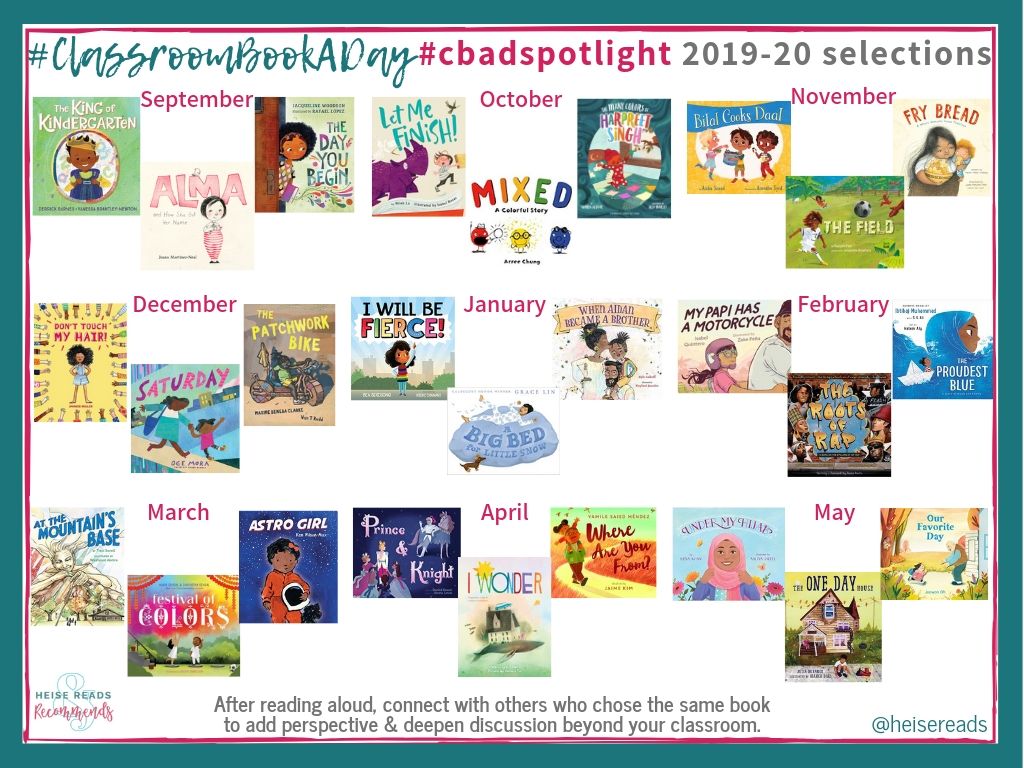
a goal to read aloud a picture book every day of the school year, at any grade,
inspired by Donalyn Miller’s #bookaday.




















